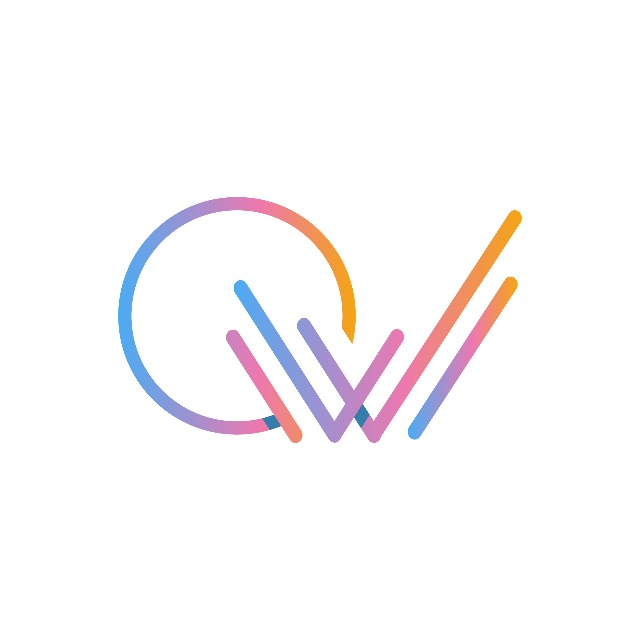React Native, Flutter, or Xamarin? Picking the Best for Your App
 Quickway Infosystems
Quickway Infosystems
In the ever-evolving landscape of mobile app development, choosing the right framework is a crucial first step. Whether you're building a startup MVP or scaling a business platform, the decision between React Native, Flutter, and Xamarin can directly impact your app’s performance, development speed, and long-term maintainability. This mobile app framework comparison will break down the strengths and trade-offs of each, helping you choose the best option from the top cross-platform tools in 2025.
Why Go Cross-Platform?
Cross-platform development allows you to build mobile applications that work on both iOS and Android using a single codebase. This approach reduces time-to-market, lowers development costs, and simplifies ongoing maintenance.
However, not all cross-platform tools are created equal. Let’s examine the three most prominent frameworks—React Native, Flutter, and Xamarin—and understand how they stack up.
1. React Native: The JavaScript Giant
Developed by: Meta (formerly Facebook)
Language: JavaScript / TypeScript
Community: Mature and well-established
Performance: Near-native using native components
Strengths:
React Native has been a popular choice since its launch due to its wide adoption, large community, and flexibility. It allows developers to write apps using JavaScript—one of the most widely known programming languages. It uses native components, providing users with a close-to-native experience.
Use Cases:
Quick MVPs and prototypes
Apps requiring frequent updates
Projects with web-to-mobile transitions
Limitations:
While it's powerful, React Native may struggle with complex animations or intensive graphics. Developers might need to write some parts of the app in native code to achieve peak performance.
2. Flutter: The UI Powerhouse
Developed by: Google
Language: Dart
Community: Rapidly growing
Performance: Excellent, with its own rendering engine
Strengths:
Flutter offers a rich set of customizable widgets that make it easy to create beautiful, consistent UIs across platforms. It compiles to native ARM code and includes a high-performance rendering engine, ensuring apps feel fast and fluid.
Use Cases:
Design-centric apps with custom UI
Apps needing high-performance graphics
Startups aiming for visual polish
Limitations:
While Dart is gaining traction, it’s not as widely known as JavaScript or C#. The learning curve can be steep for developers new to Flutter.
3. Xamarin: The Enterprise Favorite
Developed by: Microsoft
Language: C#
Community: Supported mainly by enterprise and .NET developers
Performance: Close to native via compilation
Strengths:
Xamarin integrates well with the Microsoft tech stack, making it a logical choice for companies already invested in .NET. It offers access to native APIs, making it a good fit for enterprise-grade applications with complex backend requirements.
Use Cases:
Enterprise apps with .NET backend
Apps needing native API access
Development teams familiar with C#
Limitations:
Xamarin’s UI flexibility is more limited compared to Flutter and React Native. Additionally, the community is smaller, and updates may lag behind the pace set by Google and Meta.
Mobile App Framework Comparison Table
| Feature | React Native | Flutter | Xamarin |
| Language | JavaScript / TypeScript | Dart | C# |
| Performance | High | Very High | High |
| UI Customization | Medium | Excellent | Basic to Moderate |
| Community Support | Strong | Rapidly Growing | Moderate |
| Learning Curve | Low | Medium | Medium |
| Best For | Startups, MVPs | Design-heavy apps | Enterprise-grade apps |
Key Decision Factors
When choosing from these cross-platform tools, consider the following:
1. Team Skillset
If your team is proficient in JavaScript, React Native is an easy choice. C# expertise makes Xamarin attractive, while developers ready to explore Dart can benefit from Flutter’s modern architecture.
2. Project Type
For design-rich applications, Flutter’s advanced UI capabilities shine. If integration with Microsoft products is a priority, Xamarin offers a seamless experience. React Native strikes a balance between rapid development and performance.
3. Performance Needs
Flutter and Xamarin compile to native code, providing a performance edge in demanding apps. React Native, while performant, may require native modules for resource-heavy features.
4. Community and Ecosystem
React Native and Flutter enjoy large, active communities with frequent updates and new packages. Xamarin’s support ecosystem is more closed and enterprise-focused.
Conclusion
Choosing the best framework for your mobile app in 2025 depends on your project goals, available talent, and long-term scalability needs. React Native excels in flexibility and speed, Flutter leads in UI performance and consistency, while Xamarin offers stability for enterprise apps built on the Microsoft stack.
Use this mobile app framework comparison to guide your decision. Each framework brings unique strengths to the table. The right tool isn’t about popularity—it’s about alignment with your team’s capabilities and your app’s requirements. In a world of ever-evolving cross-platform tools, making an informed choice can save time, reduce cost, and help you launch a successful, future-ready mobile app.
Subscribe to my newsletter
Read articles from Quickway Infosystems directly inside your inbox. Subscribe to the newsletter, and don't miss out.
Written by

Quickway Infosystems
Quickway Infosystems
Crafting Innovative Tech Solutions for a Connected World! at Quickway Infosystems, we build robust enterprise-level Web & Mobile Apps! We specialize in delivering high-quality custom software development services that help businesses streamline their operations, improve their efficiency, and drive growth. We are an experienced Software Outsourcing Company with developers who are passionate about creating software that solves real-world problems and delivers measurable results. To Visit Our Websites:-https://quickwayinfosystems.com/